Cybersecurity is no longer just a concern for large corporations and government entities. One of the largest attack surfaces today is healthcare where facilities rely on ease of access and fast sharing of data to facilitate immediate and effective care.
Breaches in healthcare are occurring more frequently than ever before. According to HIPAA Journal, an estimated 494 data breaches of more than 500 records were reported to the HHS’ Office for Civil Rights in 2019. Additionally, more than 41 million records were stolen, and/or disclosed without permission last year. As of November 2019, the healthcare industry accounted for four out of five data breaches, with predictions that 2020 could be a record-breaking year. The financial impact also hurts the healthcare industry, with costs from those breaches estimated to reach approximately $4 billion in 2020.
Given these escalating stats, there is no such thing as out of bounds businesses in the cyber threat world. The only real question is whether your organization is a target of opportunity or intent. A target of intent is one that an attacker is seeking to cause notable impact, while a target of opportunity is one that an attacker is simply exploiting in order to get to their real target.
Attackers, especially those driven by geopolitical motives, are looking for disruptive impact and notoriety. While healthcare is an obvious target of intent for attackers looking to cause tangible impact, they typically will not attack these entities directly due to the higher risk of detection. This is where the targets of opportunity come into play.
An attacker looks for existing trusted connections with their end targets. For example, an experienced thief may not attempt to rob a bank directly through the front doors, but rather looks to see if there is a way in through a trusted connection such as a connected building that shares a ceiling or some other form of less visible entry. In the digital world, this means observing who their end targets are connected to and how those connections are implemented, monitored and leveraged.
Companies rely heavily on digital connections with their vendors, partners, service providers and customers. These connections present potential risks on all sides. A supplier who has a connection to a medical facility for billing may serve as an optimal target of opportunity for an attacker to gain access to the facility’s patient information, details of upcoming procedures and scheduling, supply orders and even physical power and/or HVAC capabilities.
Small to medium-sized businesses are frequently targeted by phishing attacks. The attacker’s intent is to set up a presence on their network to gain access to larger businesses with whom they may have connections. Alternatively, larger entities need to assess not only how they connect with these other businesses but also how their network is designed to prevent these attacks from moving forward should a partner connection be compromised. This means taking a holistic approach to reviewing their network visibility, how it’s constructed, segmented and used. Simply purchasing a new security tool will not improve your security risk posture if you have abundant faults in your IT implementation and utilization.
To assess your risk and impact, here are some questions your organization should consider:
- Is your network segmented properly?
- Do you have the right controls in place to limit permissions?
- Are you able to detect and respond to attacks?
- Can you enforce the policies you have written and do those policies make sense?
- Have you built the right security culture within your company to prevent the exploitation of your people?
- What do you have that would be of value to an attacker?
- Do you know what activity is normal for your network?
These are just some of the questions that must be asked when assessing your risk and impact. If you are not pursuing answers to these questions, then you are exposing your business and those you do business with to unnecessary risk. To mitigate risk, every organization should be breaking down silos and self-centric thinking and considering the world outside your business to determine what impact we have on each other.
Author: Joshua Maberry | Director of Customer Success, CRITICALSTART
Featured in TechNation | April 30, 2020
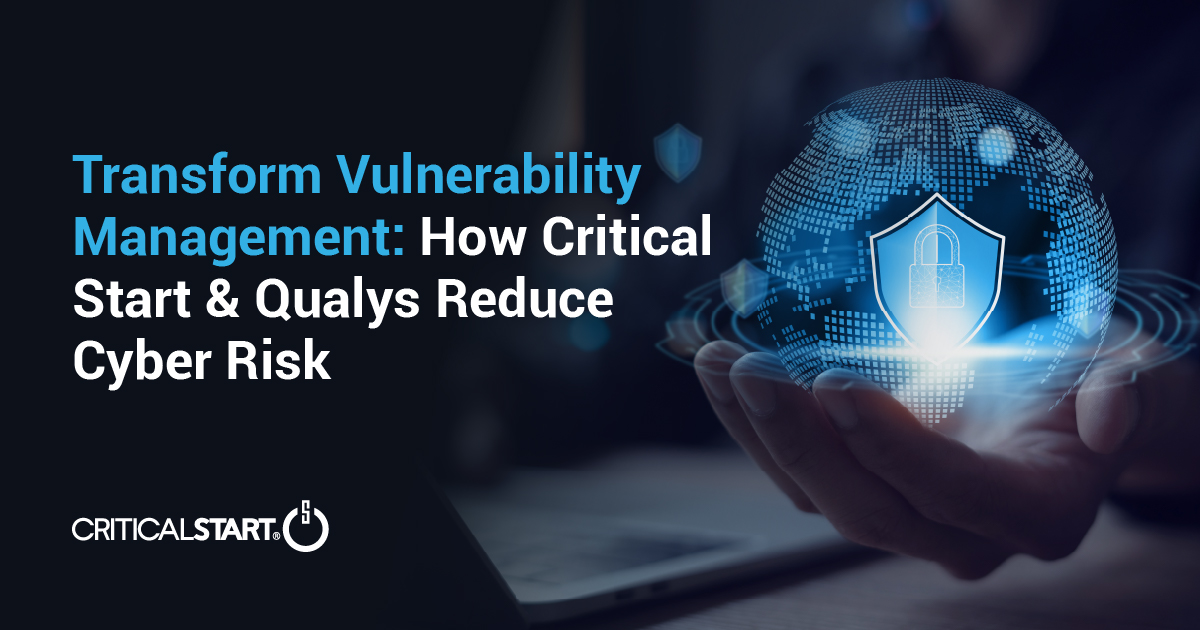
Transform Vulnerability Management: How Critical Start & Qualys Reduce Cyber Risk
In a recent webinar co-hosted by Qualys and Critical Start, experts from both organizations discusse...
H2 2024 Cyber Threat Intelligence Report: Key Takeaways for Security Leaders
In a recent Critical Start webinar, cyber threat intelligence experts shared key findings from the H...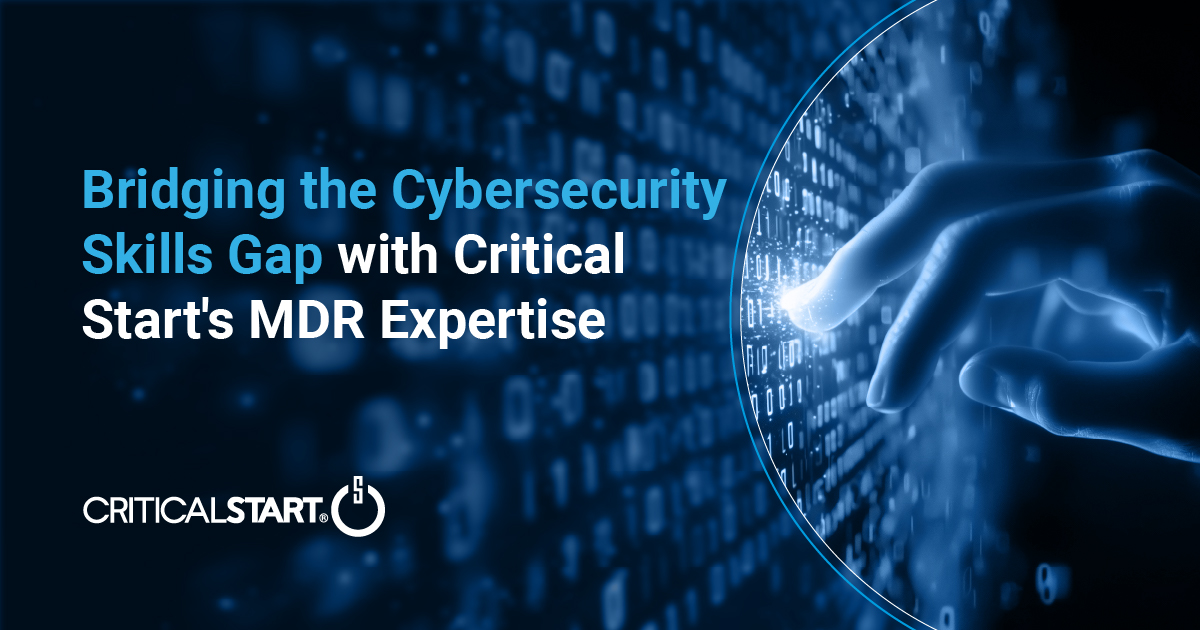
Bridging the Cybersecurity Skills Gap with Critical Start’s MDR Expertise
During a recent webinar hosted by CyberEdge, Steven Rosenthal, Director of Product Management at Cri...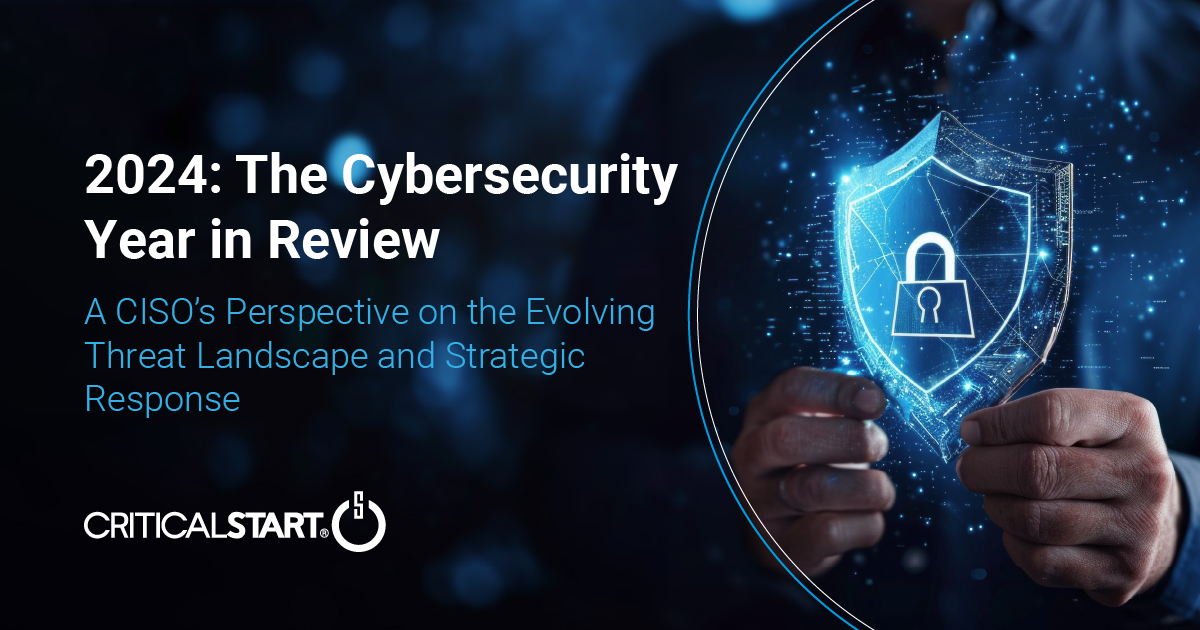
2024: The Cybersecurity Year in Review
A CISO’s Perspective on the Evolving Threat Landscape and Strategic Response Introduction 2024 has...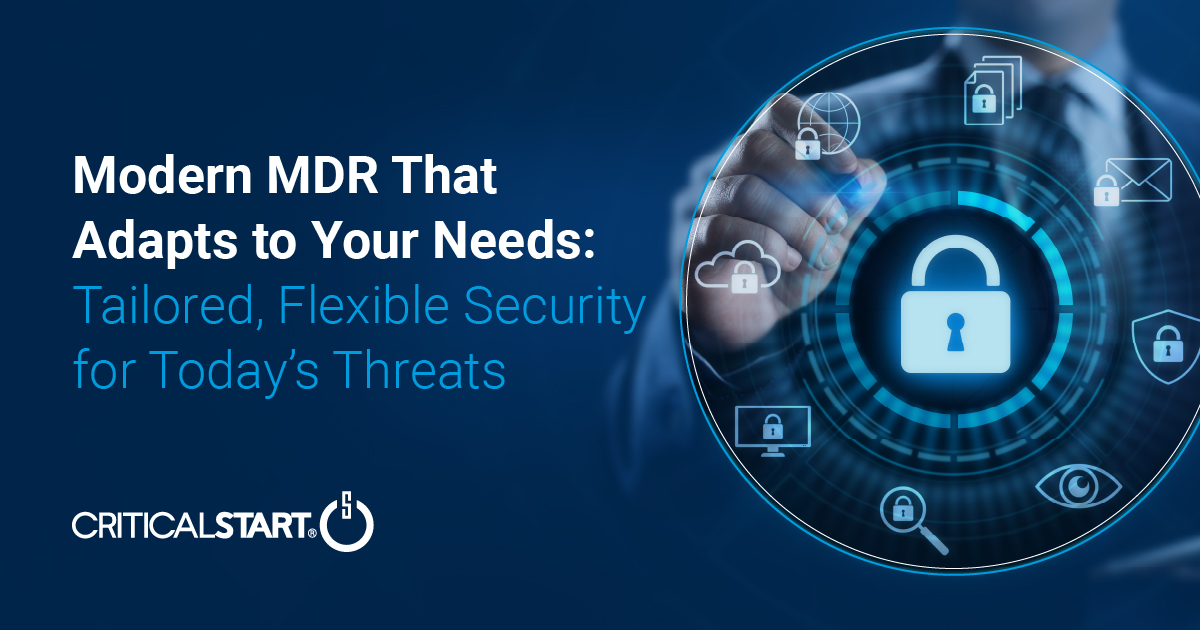
Modern MDR That Adapts to Your Needs: Tailored, Flexible Security for Today’s Threats
Every organization faces unique challenges in today’s dynamic threat landscape. Whether you’re m...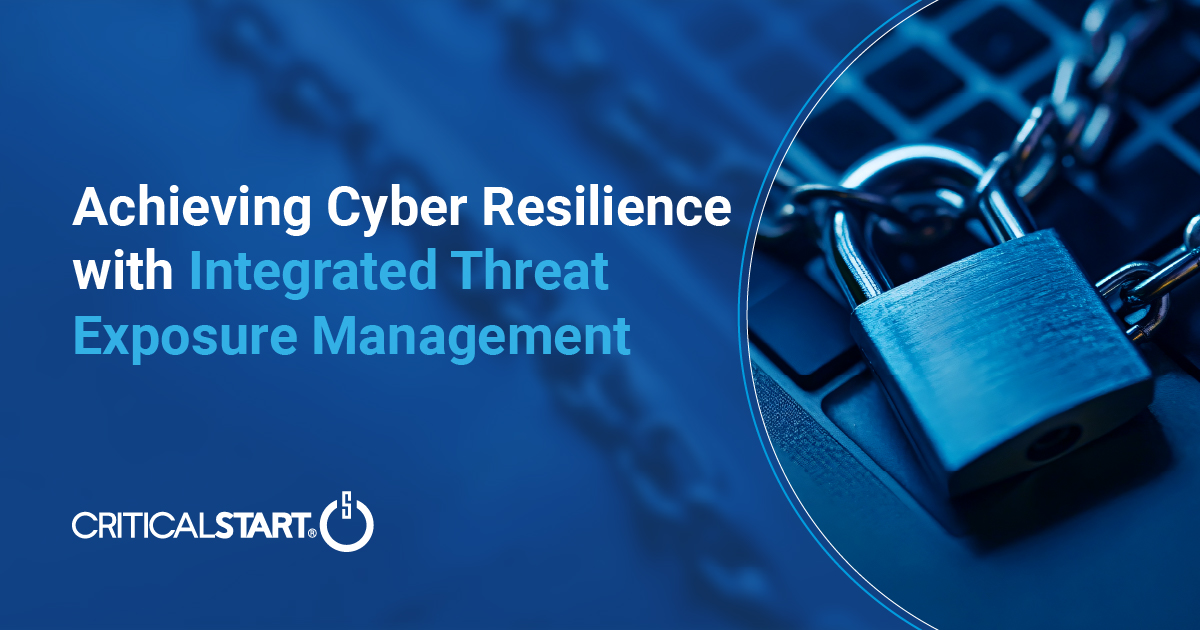
Achieving Cyber Resilience with Integrated Threat Exposure Management
Welcome to the third and final installment of our three-part series Driving Cyber Resilience with Hu...Why Remote Containment and Active Response Are Non-Negotiables in MDR
You Don’t Have to Settle for MDR That Sucks Welcome to the second installment of our three-part bl...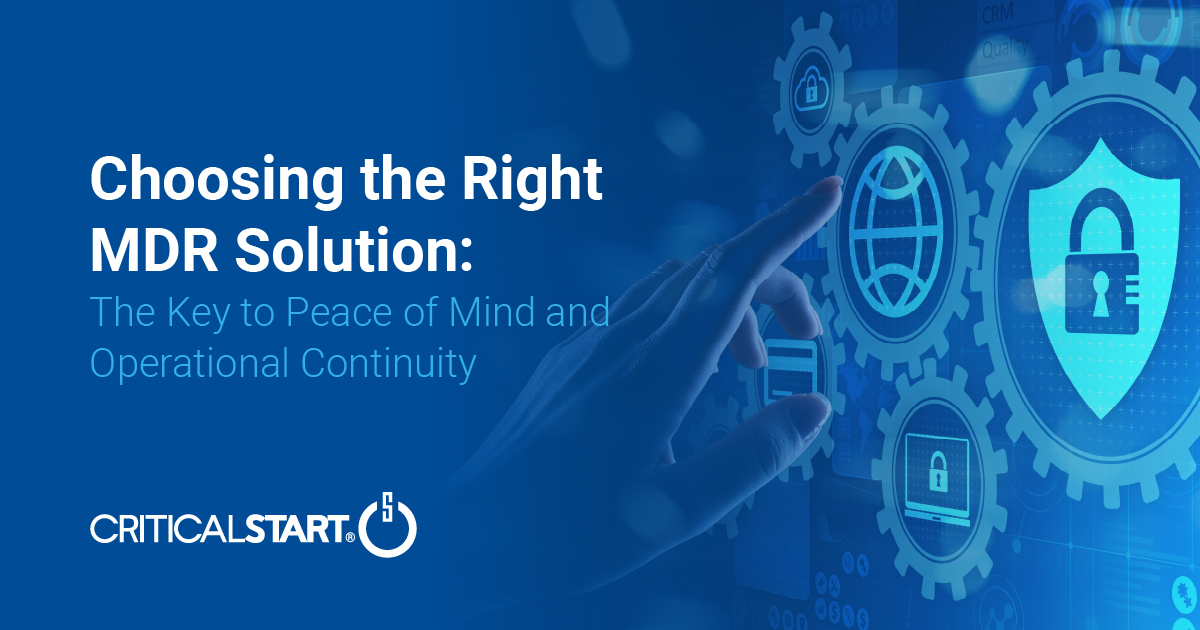
Choosing the Right MDR Solution: The Key to Peace of Mind and Operational Continuity
Imagine this: an attacker breaches your network, and while traditional defenses scramble to catch up...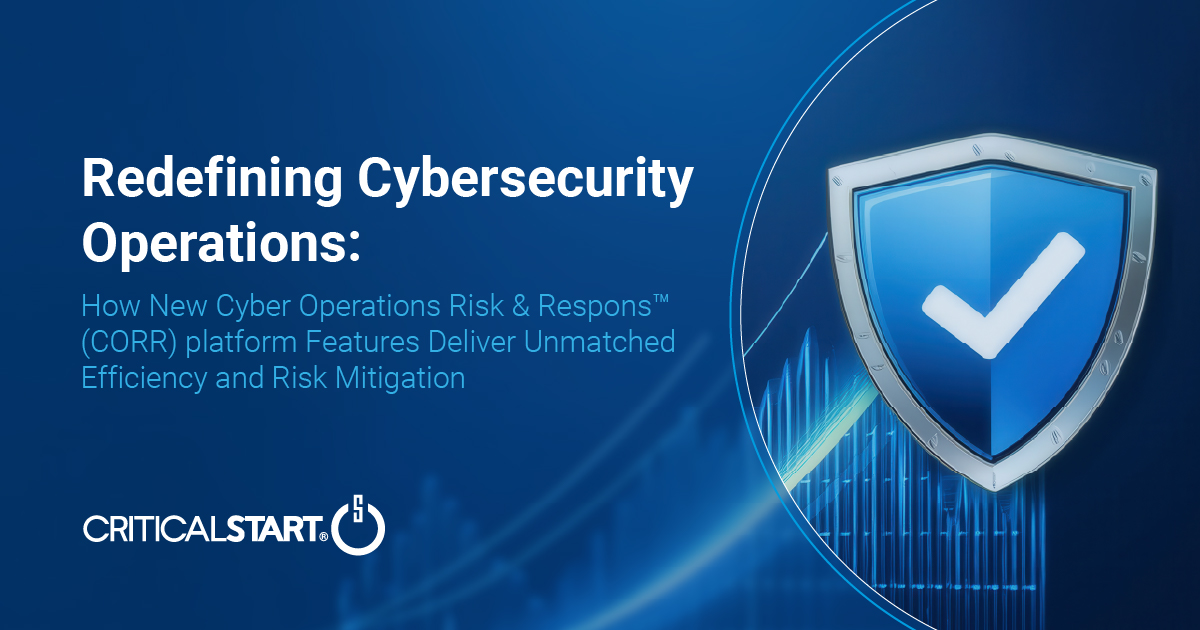
Redefining Cybersecurity Operations: How New Cyber Operations Risk & Response™ (CORR) platform Features Deliver Unmatched Efficiency and Risk Mitigation
The latest Cyber Operations Risk & Response™ (CORR) platform release introduces groundbreaking...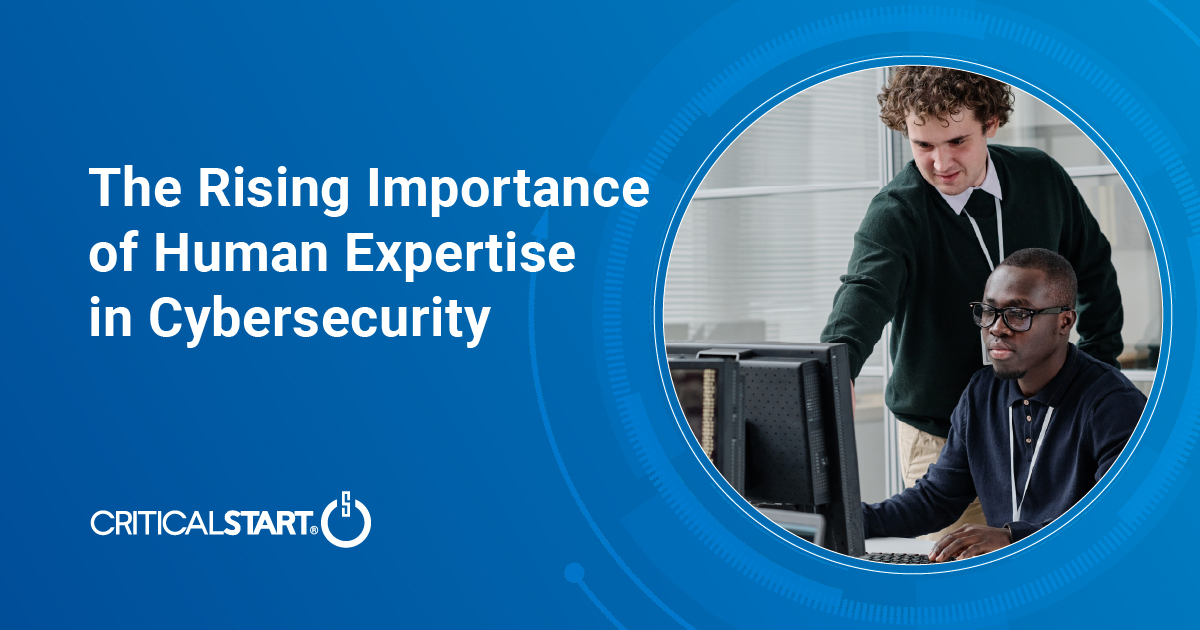
The Rising Importance of Human Expertise in Cybersecurity
Welcome to Part 1 of our three-part series, Driving Cyber Resilience with Human-Driven MDR: Insights...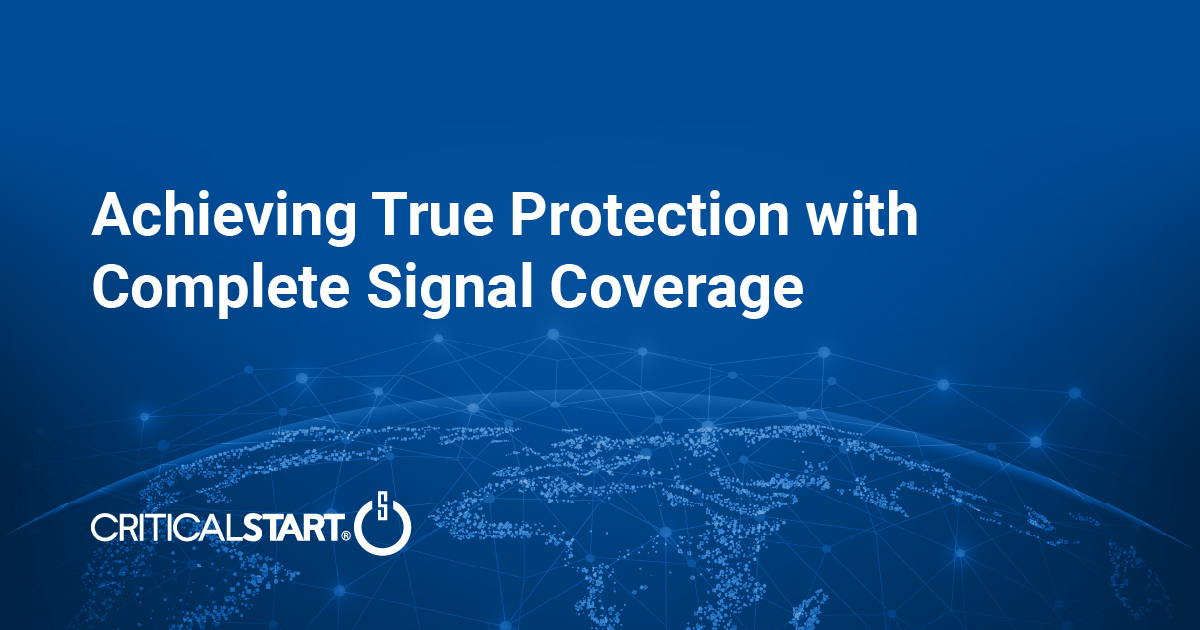
Achieving True Protection with Complete Signal Coverage
Cybersecurity professionals know all too well that visibility into potential threats is no longer a ...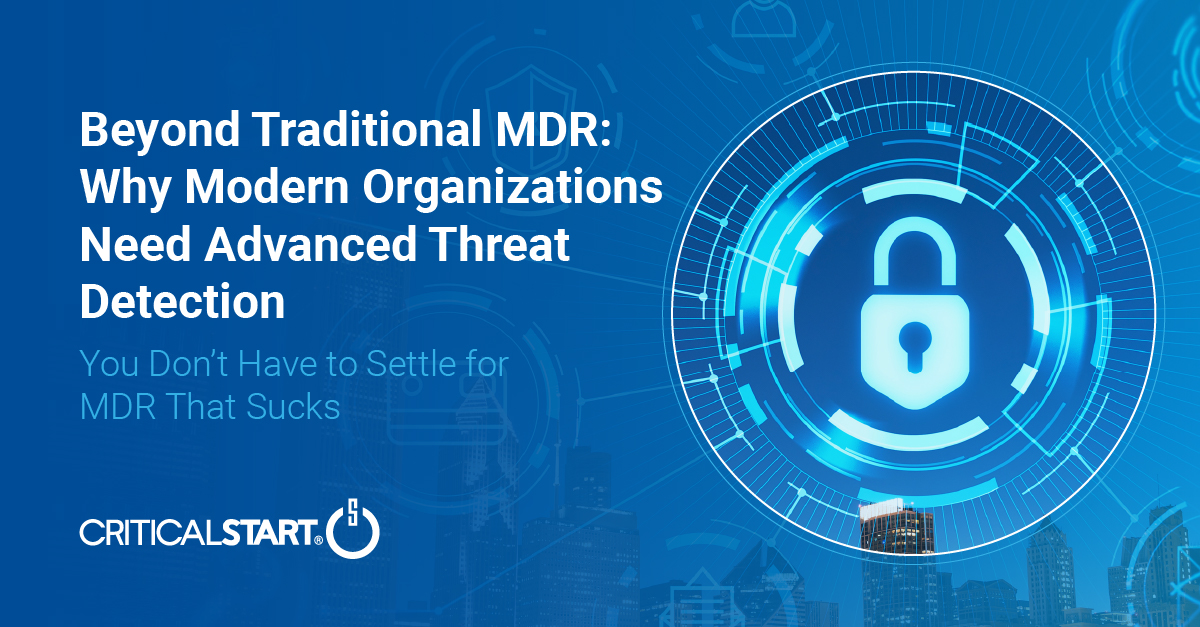
Beyond Traditional MDR: Why Modern Organizations Need Advanced Threat Detection
You Don’t Have to Settle for MDR That Sucks Frustrated with the conventional security measures pro...The Power of Human-Driven Cybersecurity: Why Automation Alone Isn’t Enough
Cyber threats are increasingly sophisticated, and bad actors are attacking organizations with greate...Importance of SOC Signal Assurance in MDR Solutions
In the dynamic and increasingly complex field of cybersecurity, ensuring the efficiency and effectiv...The Hidden Risks: Unmonitored Assets and Their Impact on MDR Effectiveness
In the realm of cybersecurity, the effectiveness of Managed Detection and Response (MDR) services hi...
The Need for Symbiotic Cybersecurity Strategies | Part 2: Integrating Proactive Security Intelligence into MDR
In Part 1 of this series, The Need for Symbiotic Cybersecurity Strategies, we explored the critical ...Finding the Right Candidate for Digital Forensics and Incident Response: What to Ask and Why During an Interview
So, you’re looking to add a digital forensics and incident response (DFIR) expert to your team. Gr...
The Need for Symbiotic Cybersecurity Strategies | Part I
Since the 1980s, Detect and Respond cybersecurity solutions have evolved in response to emerging cyb...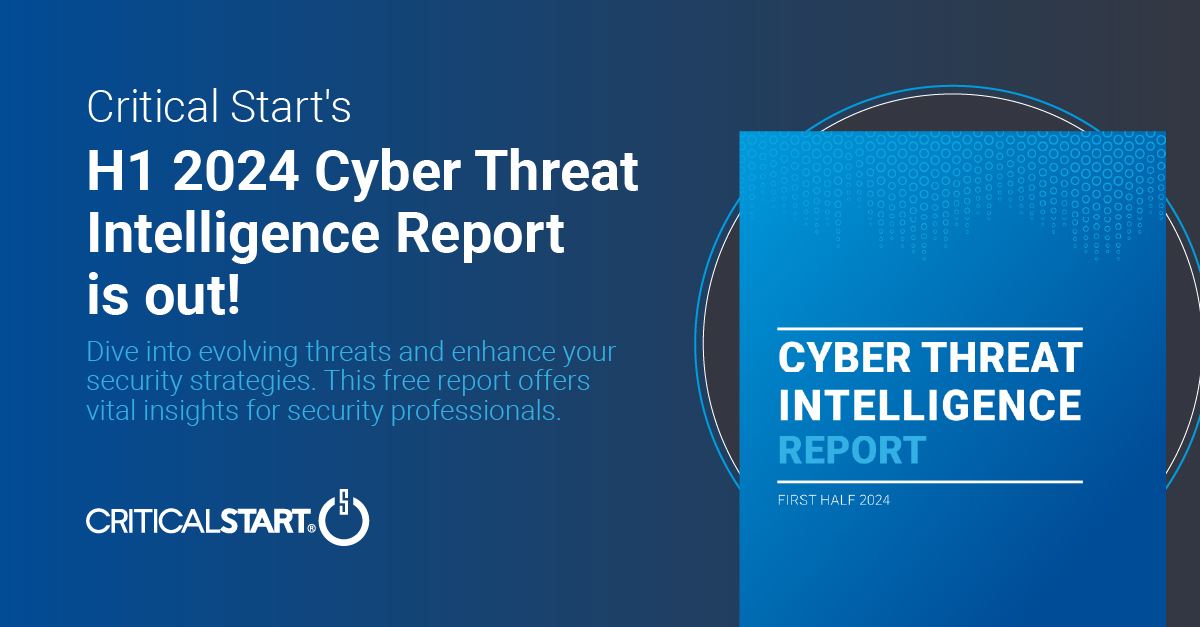
Critical Start H1 2024 Cyber Threat Intelligence Report
Critical Start is thrilled to announce the release of the Critical Start H1 2024 Cyber Threat Intell...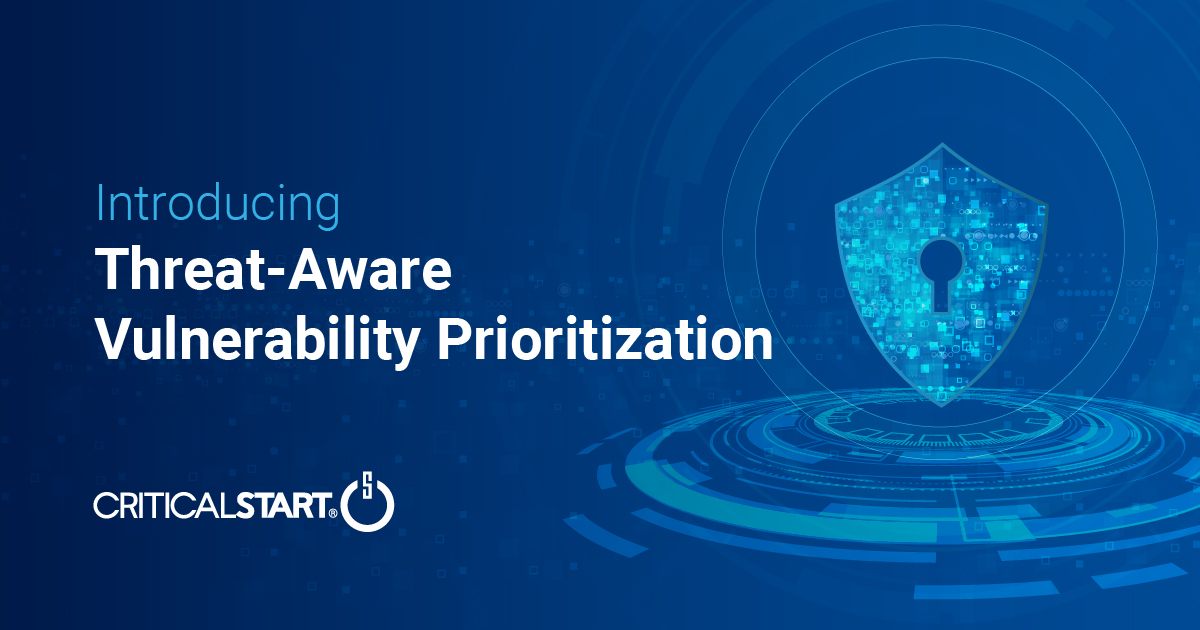
Now Available! Critical Start Vulnerability Prioritization – Your Answer to Preemptive Cyber Defense.
Organizations understand that effective vulnerability management is critical to reducing their cyber...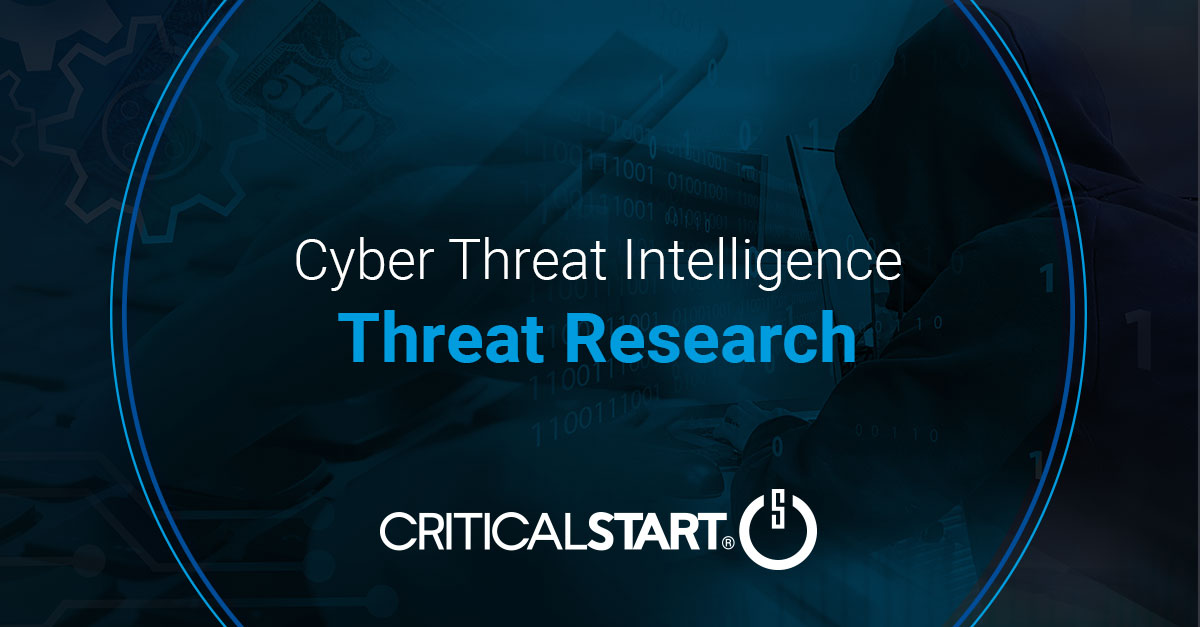
Recruiter phishing leads to more_eggs infection
With additional investigative and analytical contributions by Kevin Olson, Principal Security Analys...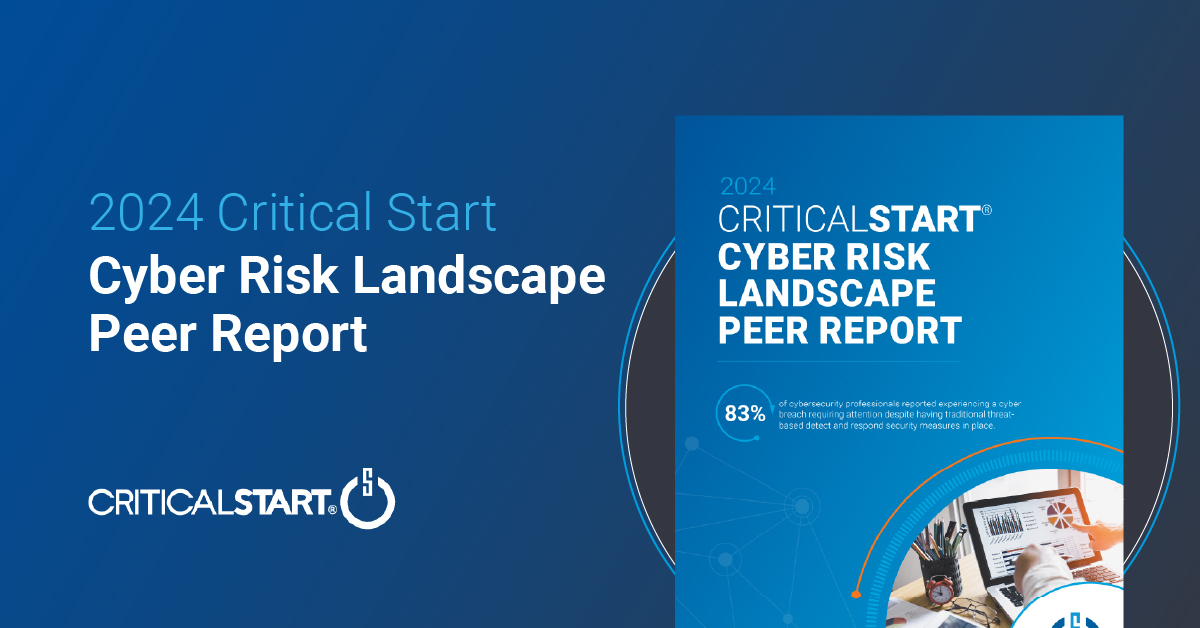
2024 Critical Start Cyber Risk Landscape Peer Report Now Available
We are excited to announce the release of the 2024 Critical Start Cyber Risk Landscape Peer Report, ...Critical Start Managed XDR Webinar — Increase Threat Protection, Reduce Risk, and Optimize Operational Costs
Did you miss our recent webinar, Stop Drowning in Logs: How Tailored Log Management and Premier Thre...Pulling the Unified Audit Log
During a Business Email Compromise (BEC) investigation, one of the most valuable logs is the Unified...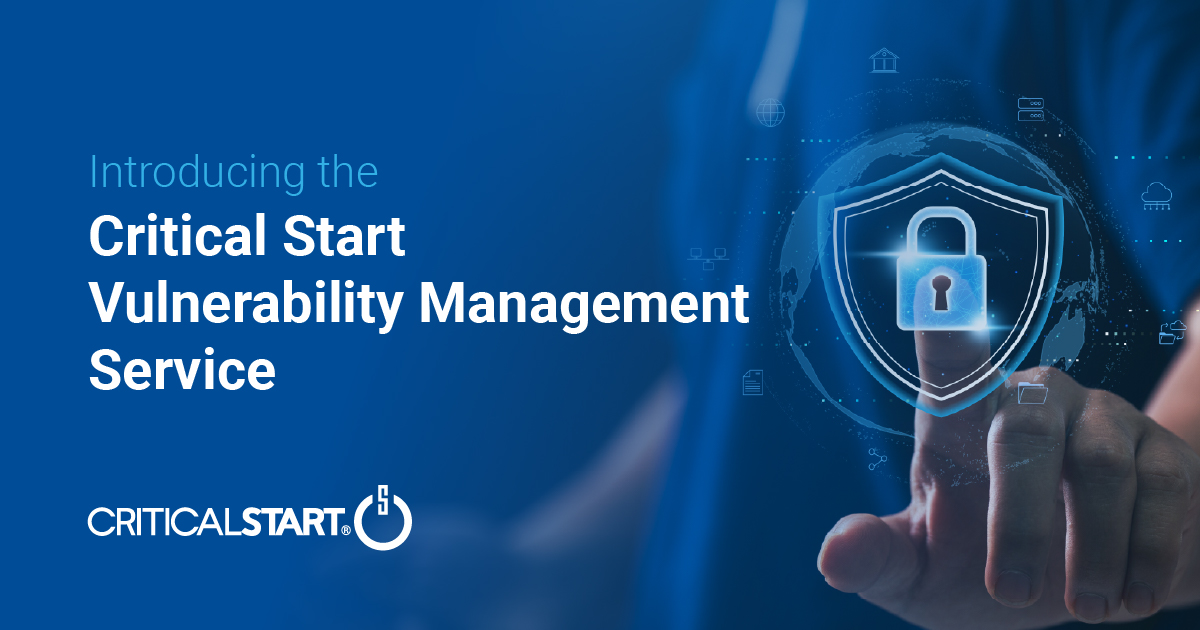
Set Your Organization Up for Risk Reduction with the Critical Start Vulnerability Management Service
With cyber threats and vulnerabilities constantly evolving, it’s essential that organizations take...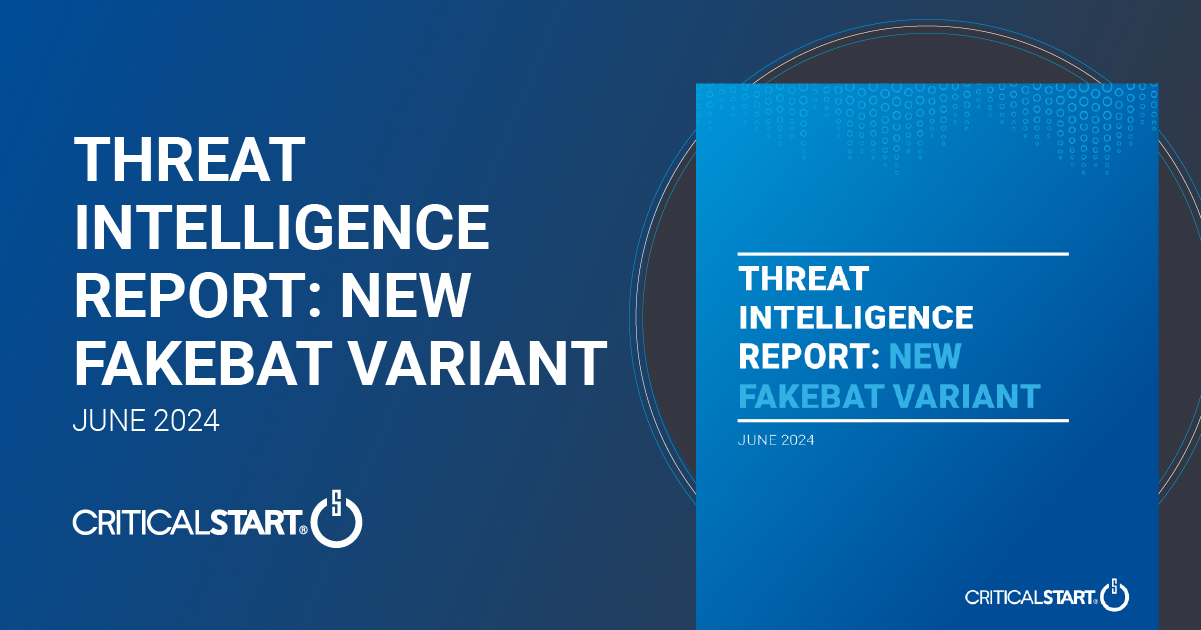
Announcing the Latest Cyber Threat Intelligence Report: Unveiling the New FakeBat Variant
Critical Start announces the release of its latest Cyber Threat Intelligence Report, focusing on a f...Cyber Risk Registers, Risk Dashboards, and Risk Lifecycle Management for Improved Risk Reduction
Just one of the daunting tasks Chief Information Security Officers (CISOs) face is identifying, trac...
Beyond SIEM: Elevate Your Threat Protection with a Seamless User Experience
Unraveling Cybersecurity Challenges In our recent webinar, Beyond SIEM: Elevating Threat Prote...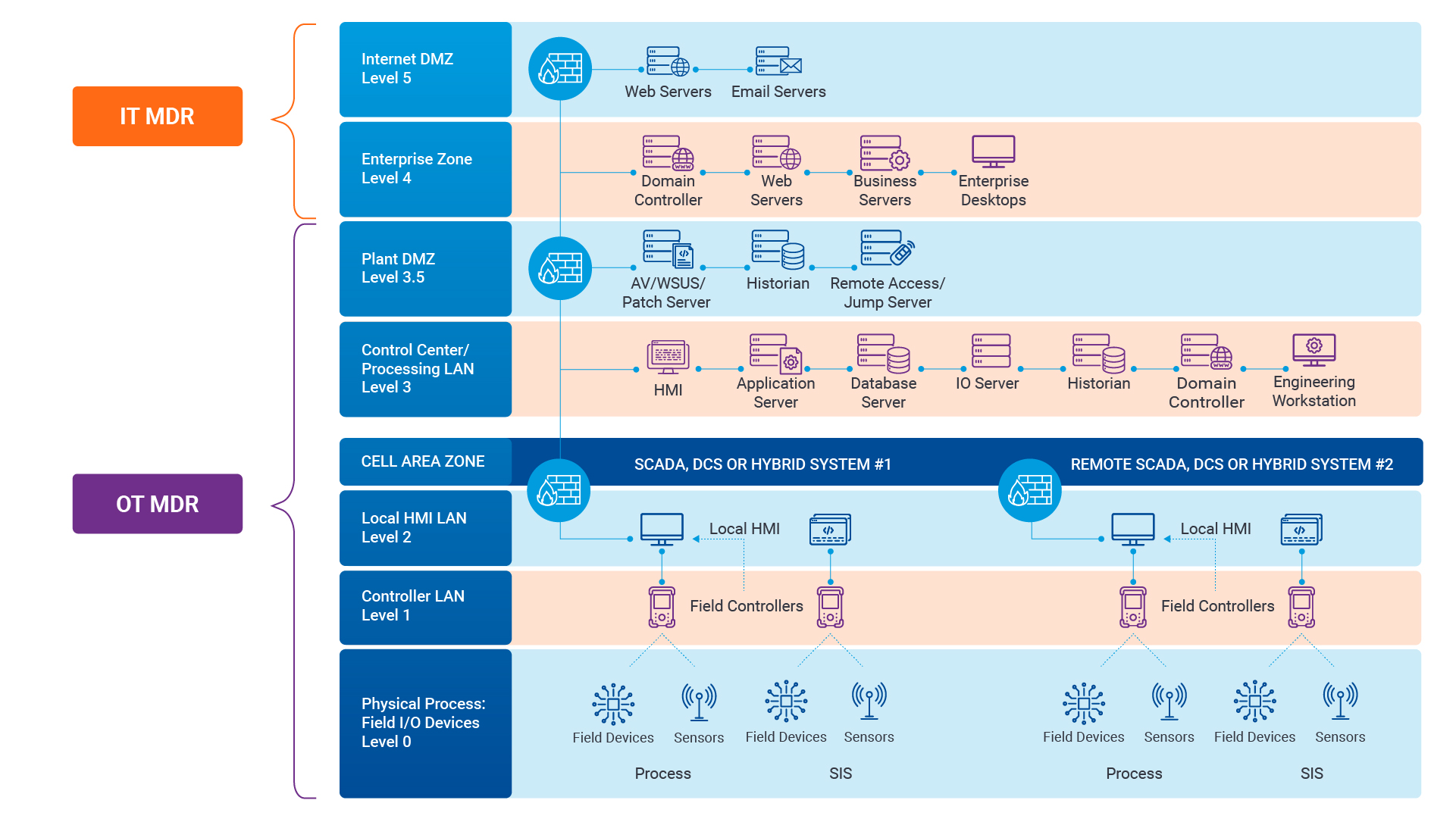
Navigating the Convergence of IT and OT Security to Monitor and Prevent Cyberattacks in Industrial Environments
The blog Mitigating Industry 4.0 Cyber Risks discussed how the continual digitization of the manufac...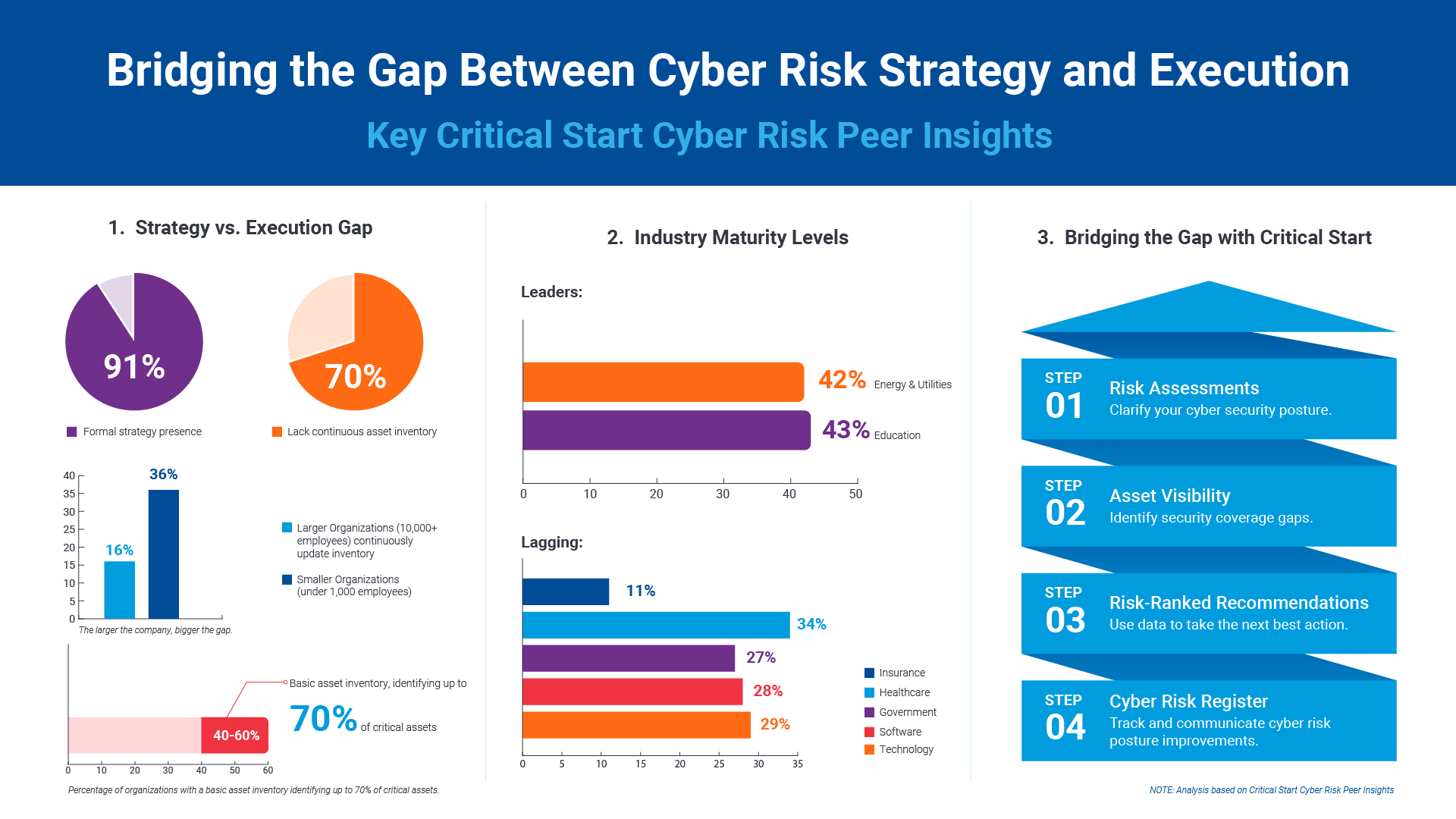
Critical Start Cyber Risk Peer Insights – Strategy vs. Execution
Effective cyber risk management is more crucial than ever for organizations across all industries. C...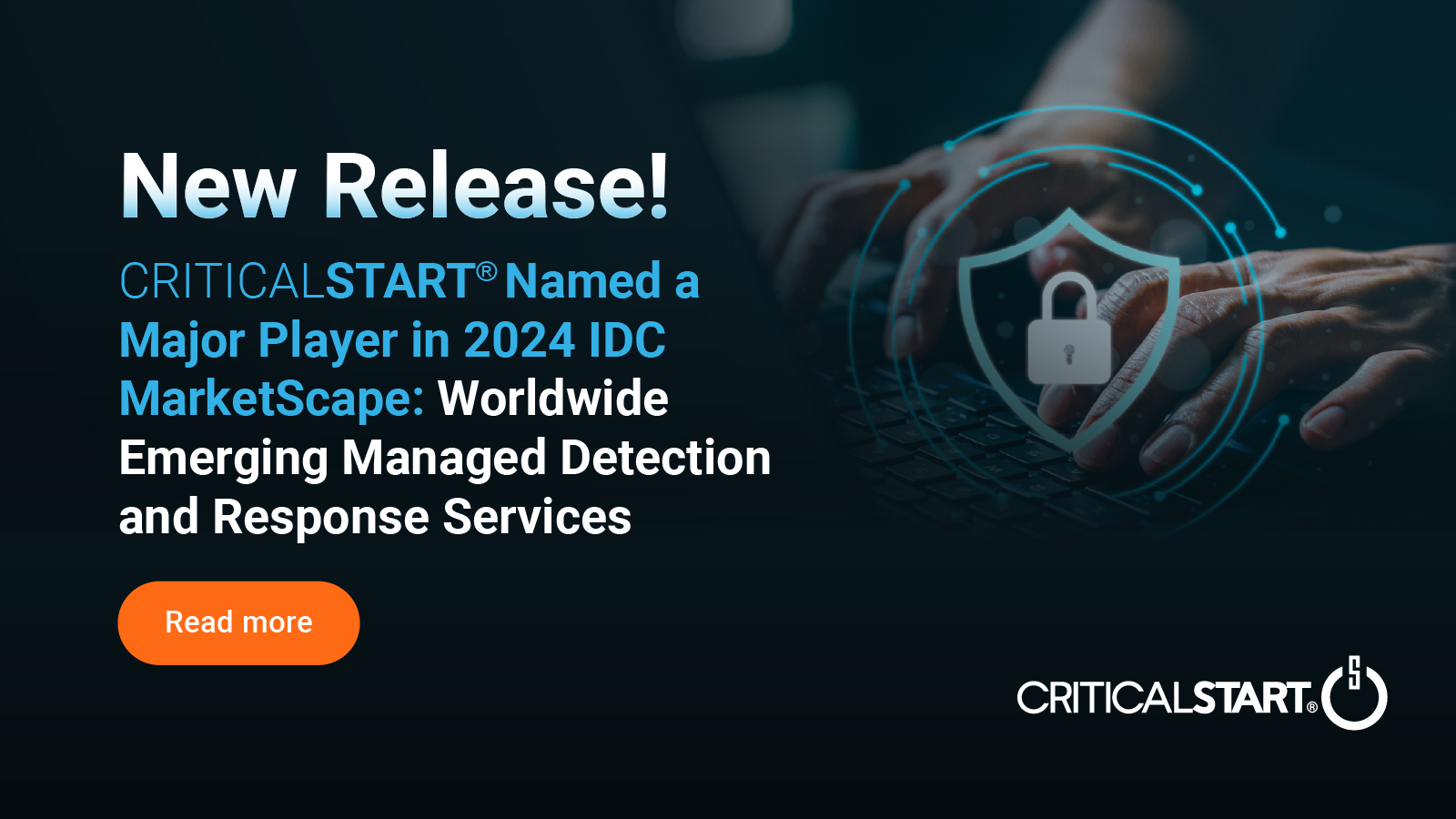 Press Release
Press ReleaseCritical Start Named a Major Player in IDC MarketScape for Emerging Managed Detection and Response Services 2024
Critical Start is proud to be recognized as a Major Player in the IDC MarketScape: Worldwide Emergin...Introducing Free Quick Start Cyber Risk Assessments with Peer Benchmark Data
We asked industry leaders to name some of their biggest struggles around cyber risk, and they answer...Efficient Incident Response: Extracting and Analyzing Veeam .vbk Files for Forensic Analysis
Introduction Incident response requires a forensic analysis of available evidence from hosts and oth...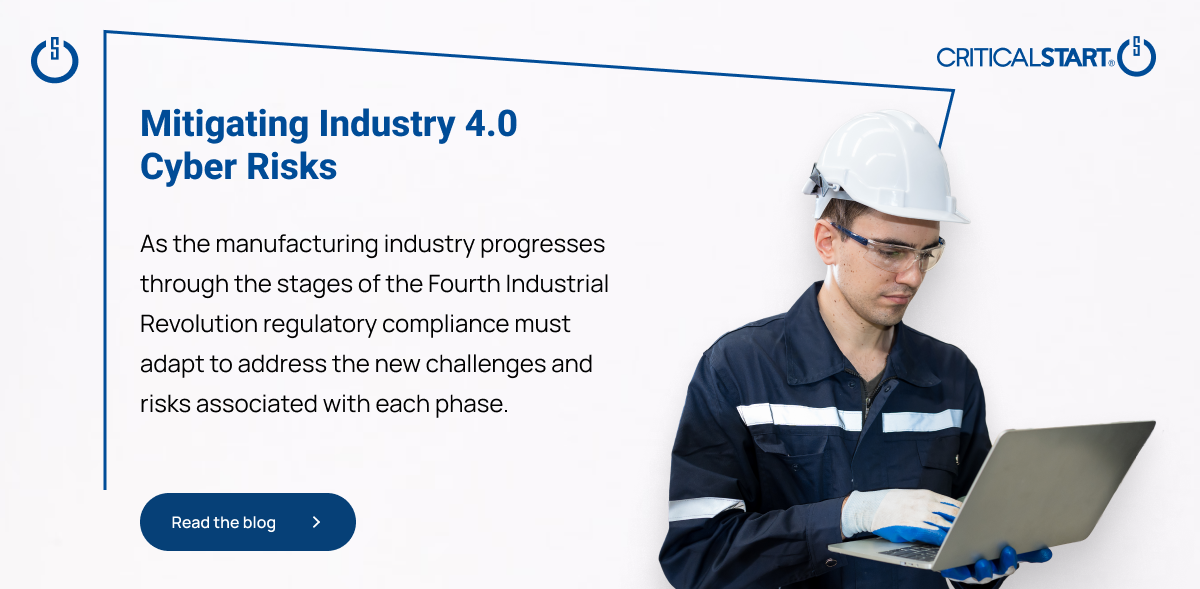
Mitigating Industry 4.0 Cyber Risks
As the manufacturing industry progresses through the stages of the Fourth Industrial Revolution, fro...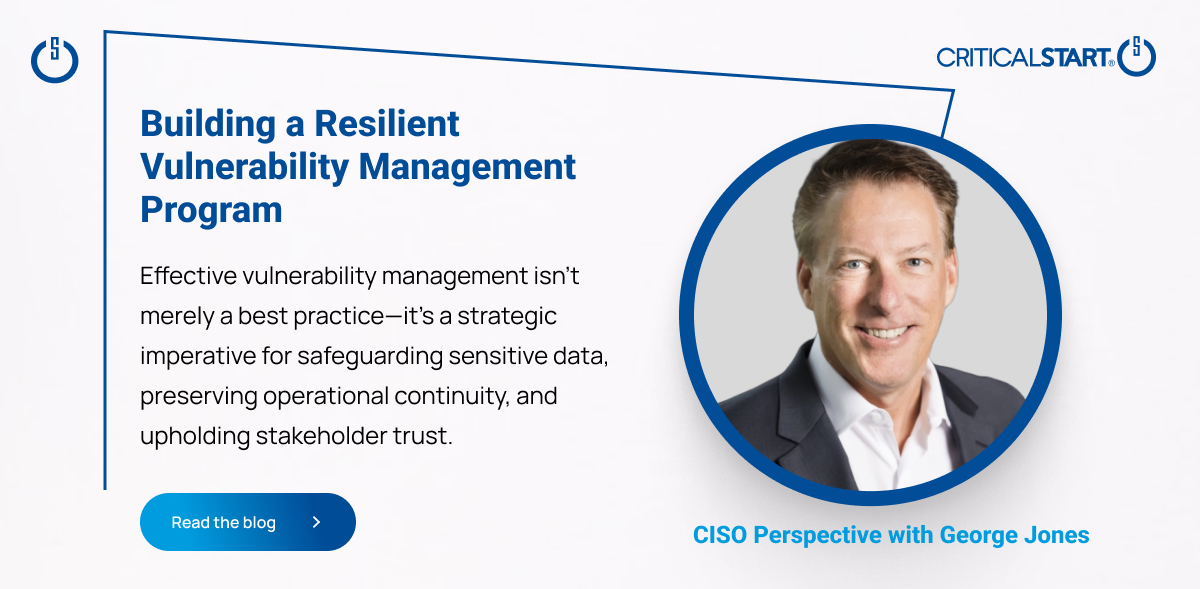
CISO Perspective with George Jones: Building a Resilient Vulnerability Management Program
In the evolving landscape of cybersecurity, the significance of vulnerability management cannot be o...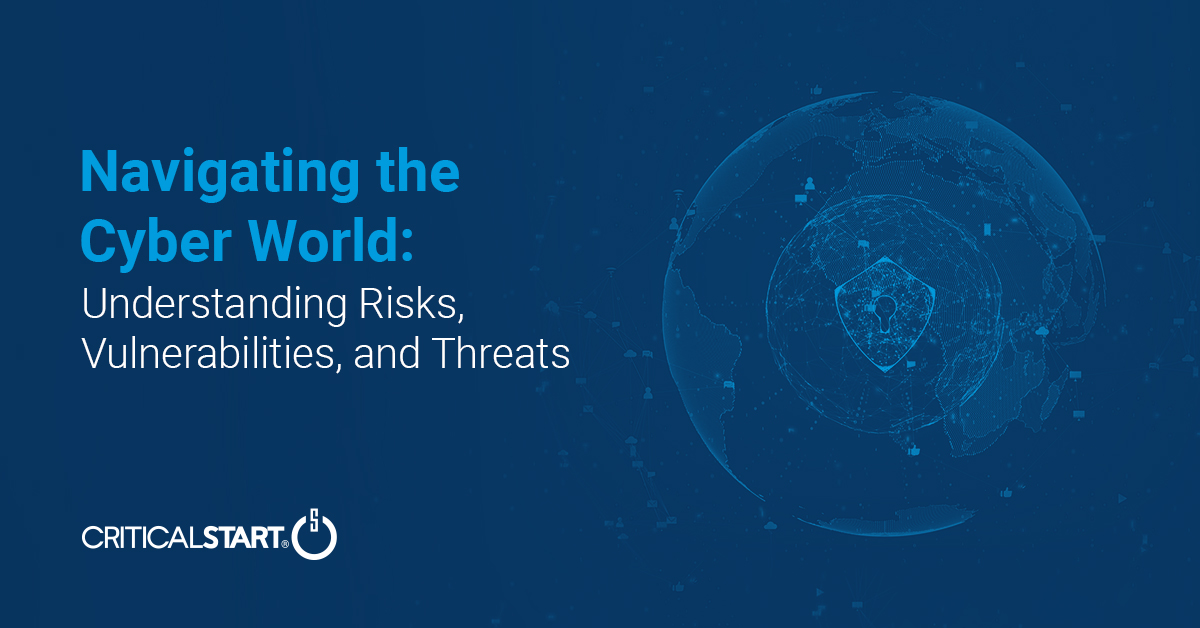
Navigating the Cyber World: Understanding Risks, Vulnerabilities, and Threats
Cyber risks, cyber threats, and cyber vulnerabilities are closely related concepts, but each plays a...The Next Evolution in Cybersecurity — Combining Proactive and Reactive Controls for Superior Risk Management
Evolve Your Cybersecurity Program to a balanced approach that prioritizes both Reactive and Proactiv...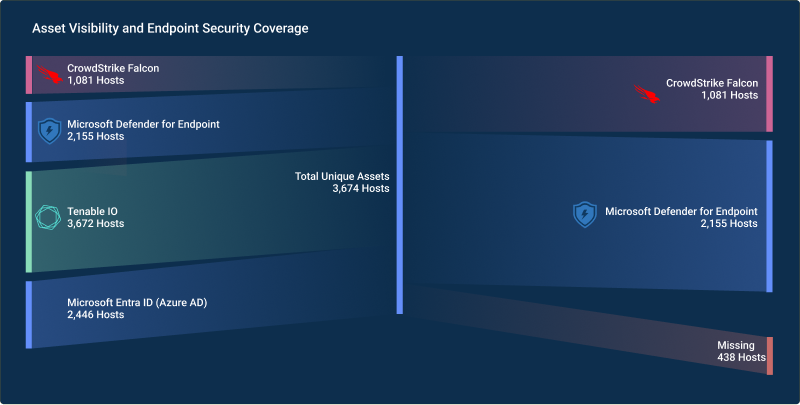
CISO Perspective with George Jones: The Top 10 Metrics for Evaluating Asset Visibility Programs
Organizations face a multitude of threats ranging from sophisticated cyberattacks to regulatory comp...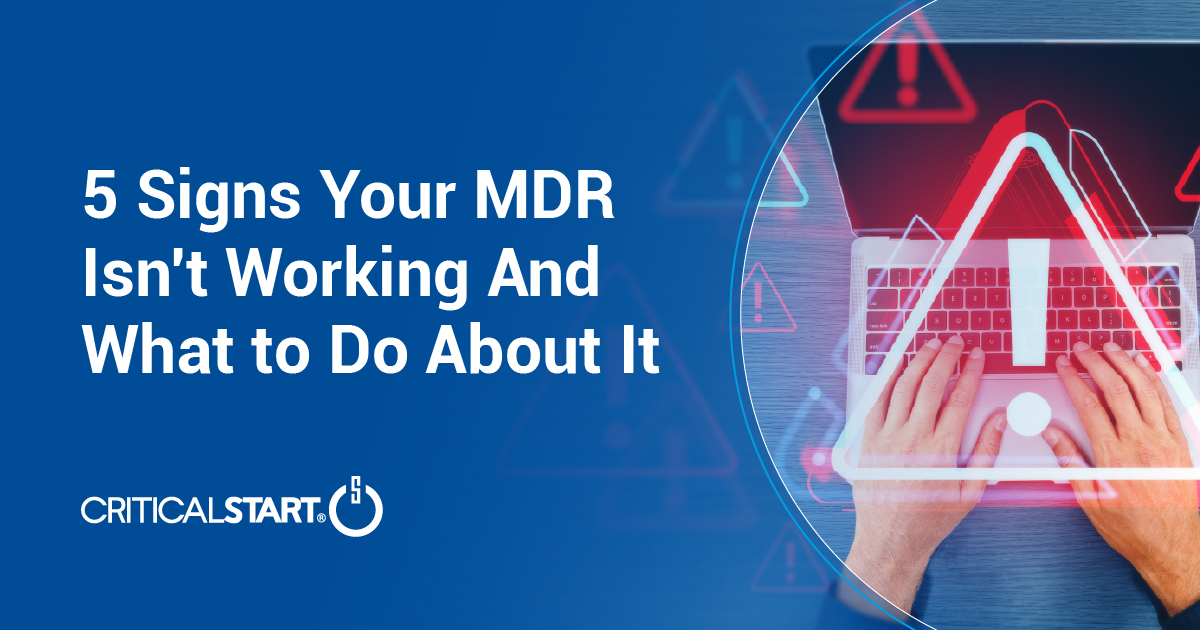
5 Signs Your MDR Isn’t Working — and What to Do About It
Are you confident your MDR is actually reducing risk? If so, how confident? According to recent indu... Datasheet
DatasheetSecurity Services for SIEM
Critical Start’s Security Services for SIEM combines Managed SIEM and MDR for SIEM to deliver ...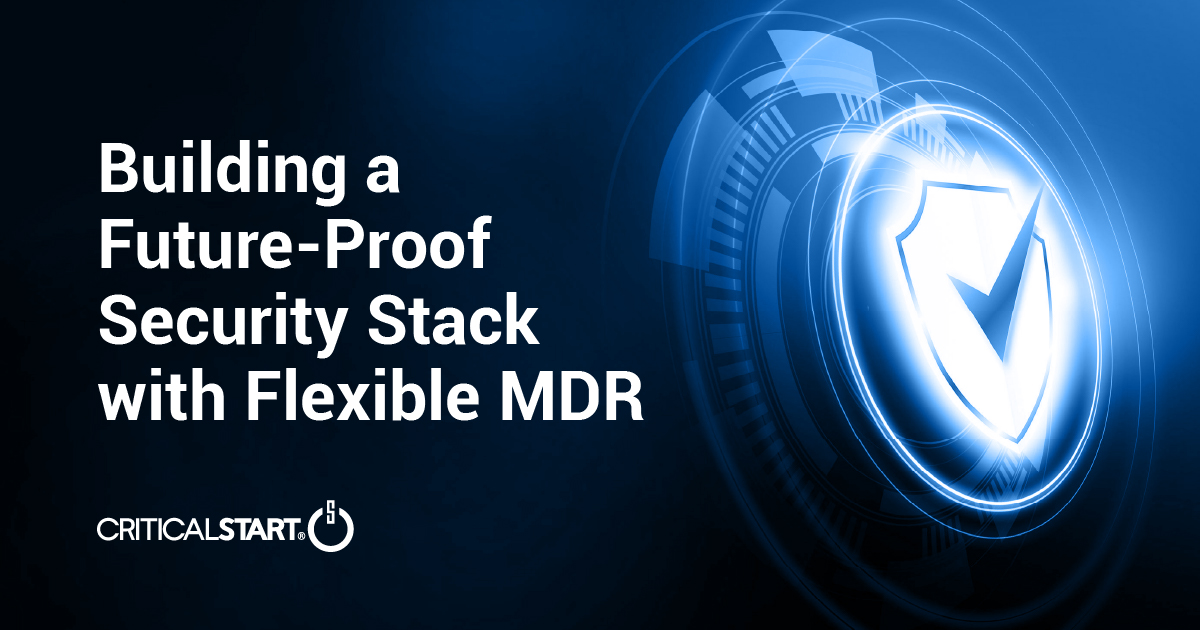
Building a Future-Proof Security Stack with Flexible MDR
Technology evolves. Organizations grow. But is your cybersecurity strategy keeping up? Come on; be h...
Newsletter Signup
Stay up-to-date on the latest resources and news from CRITICALSTART.
Thanks for signing up!